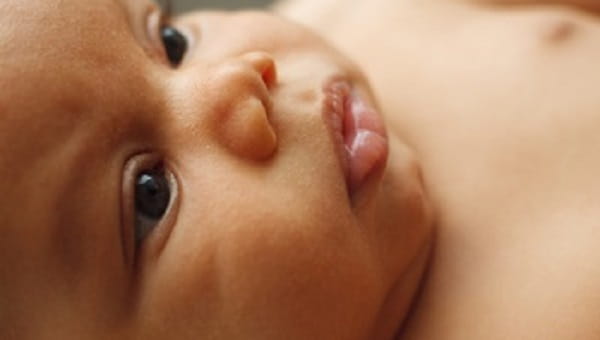Sometime between now and about 37 weeks, you’ll need to be screened for group B streptococcus (GBS). It’s a simple screening process that could save your baby’s life.
What is group B strep?
GBS is a type of bacteria that sometimes infect a woman’s intestines and/or lower genital tract. While about 25 percent of women have GBS, it usually doesn’t cause any issues—except during pregnancy. In a pregnant mother, GBS can cause serious infections of the placenta, amniotic fluid or urinary tract, leading to preterm labor and delivery, and dangerous health consequences for both mom and baby.If the mother does have a GBS infection, the baby can become infected either during pregnancy or during labor and delivery, as the child passes through the birth canal. The result could be a life-threatening illness, such as meningitis, pneumonia or sepsis. That’s why pregnant women are screened for group B strep toward the end of their pregnancy.
What’s the screening process?
Your health care provider will use a cotton swab to take a sample from your vagina and your rectum. It sounds worse than it really is. It’s just one quick swab downward and nothing is inserted. The sample is then cultured in the lab, which means they wait a few days to watch for signs of bacterial growth. If your test is positive, your doctor will make sure you’re given antibiotics for a few hours during labor and delivery—greatly reducing your baby’s chance of getting sick.




